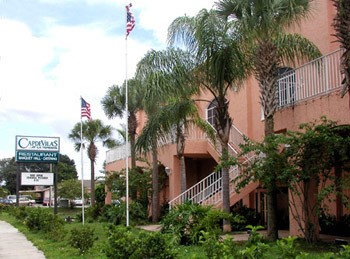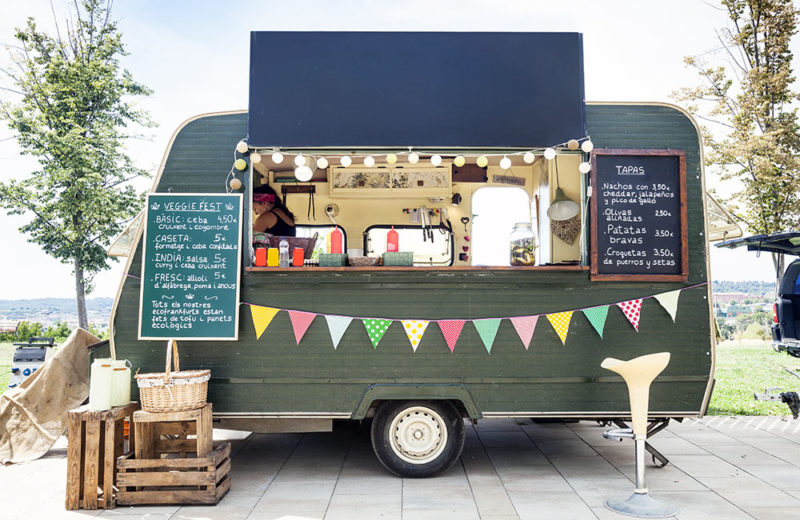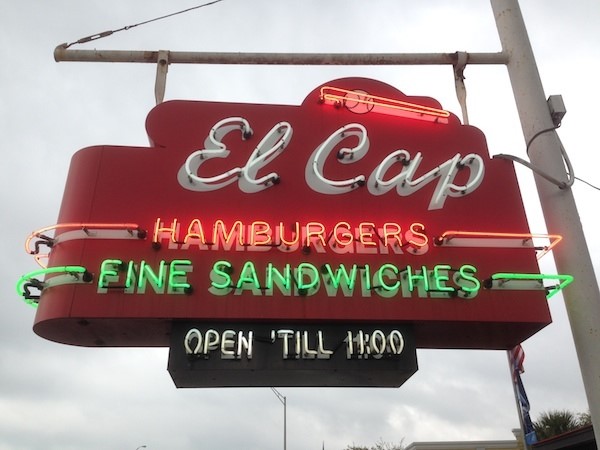You have a phenomenal idea for a new restaurant. You’ve perfected your recipes, designed your concept and now you’re ready to lease the perfect space in which to make your dream a reality. But it isn’t as simple as handing over cash and signing paperwork. Landlords won’t let just any new business concept set up shop in their plazas. You have to pitch your restaurant idea to them so that they can decide whether or not it appeals to the market they are reaching and whether or not it will provide value to the retail space. The best way to pitch your concept is to formulate a business plan. It is the most widely used genre in business settings and an invaluable tool to have as an entrepreneur.
Here is a comprehensive template for creating a restaurant business plan. You can create a word document or a PowerPoint to display this information.
Concept Description
Begin by describing what it is you are offering at your restaurant – what type of food will you serve? Will it be a fast-food type of establishment, a casual sit-down eatery, or a fine dining experience?
Customer Type
Think about the demographics of the customers that shop in the plaza in which you are seeking to rent. Why are they choosing this restaurant? (i.e. to drink and socialize…experience fine food…or unique coffee)? What is their household income level? Their age bracket?
In addition, what will be the heaviest traffic time for customers (breakfast, happy hour, lunch, etc.)?
Sample Menu
Even if it isn’t artfully created by a graphic designer yet, provide the landlord with a rough draft of what your menu will look like so they can gain an even better understanding of the type of establishment you are opening.
Management Team Bios
Give a face to the people behind the concept. Who are they? What are their professional backgrounds? What unique skills are they bringing to your team? This will help build credibility and trust.
What type of improvements will be made to the property?
Get specific about the modifications you will be making to the building so that the landlord is aware in advance. Are you installing a grease trap and hood? Implementing an elegant interior design that requires a lot of painting, light fixtures, etc.? There may be some changes you need to make that they do not approve of, so it is best to be upfront about everything.
Market overview and why your concept will work
Do some research and find out what the market for your particular offerings looks like. Is it growing? Is there a demand? Use sites like IBISWorld, Upserve and Toast to find the trends and market information. Then, based on your findings, explain how your concept addresses a need or gap in the market and why you have a unique value proposition that will lead your business to be successful.
Other locations?If you have a franchise or are looking to open multiple locations (or already have), mention that. If your other locations or planned locations are in close proximity to the space you are trying to lease, that may create an issue.
Business structure
Explain the hierarchy of your business. Who will be signing the paperwork? Whose name will be on the lease? What are your team members’ titles? Is it a partnership?
Financials
Where is the money coming from? What are your reserves? Do you have investors? Are you investing your own personal funds into the restaurant? Have your crowd-sourced funds? Be transparent about your financials so that the landlord knows they can trust you to keep up with your payments.
For this section, you may want to seek assistance from an accountant. Include documents such as a budget and profit and loss statement for the first five years of operation.
Your business plan doesn’t have to be a ten-page essay. Keep it simple and to the point so that the landlord knows exactly what your restaurant will be and how you will make it happen. Your business plan could be the difference between landing your dream restaurant real estate space and losing out on it.



